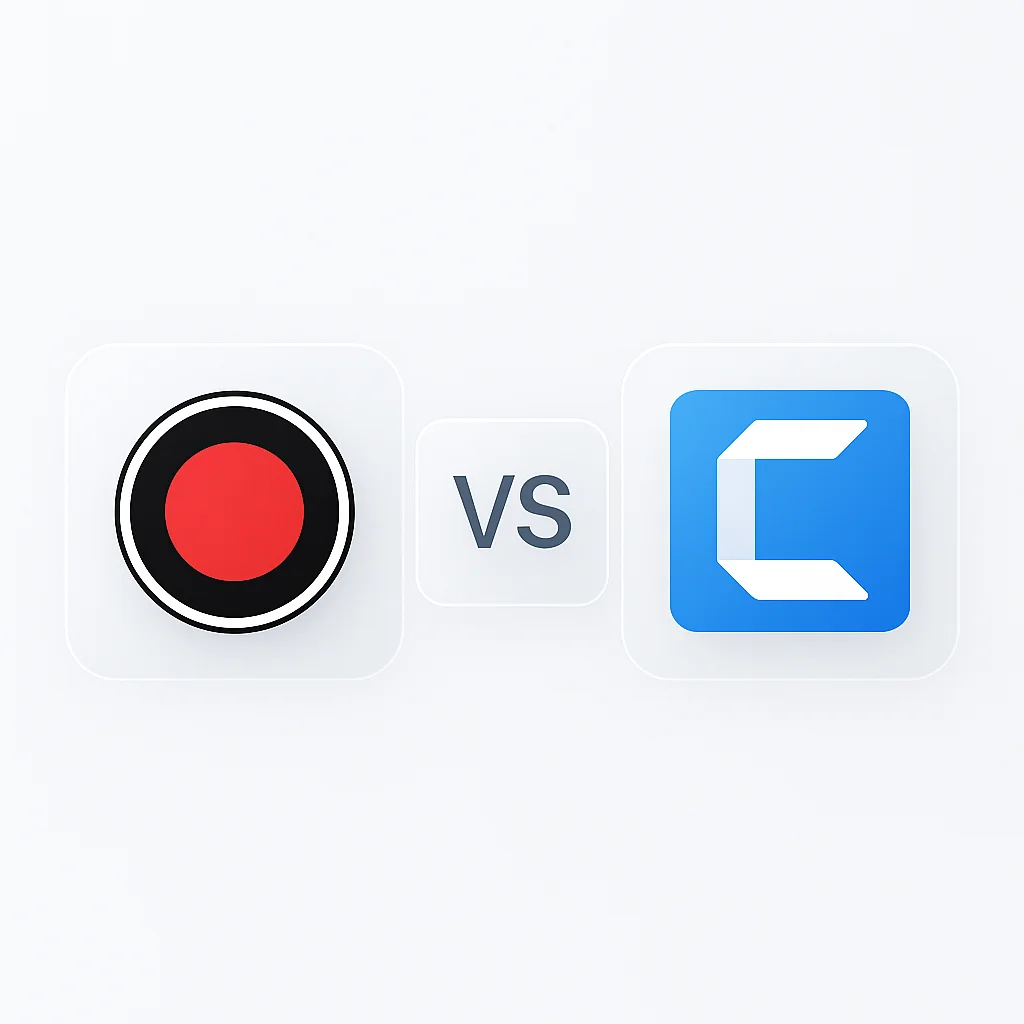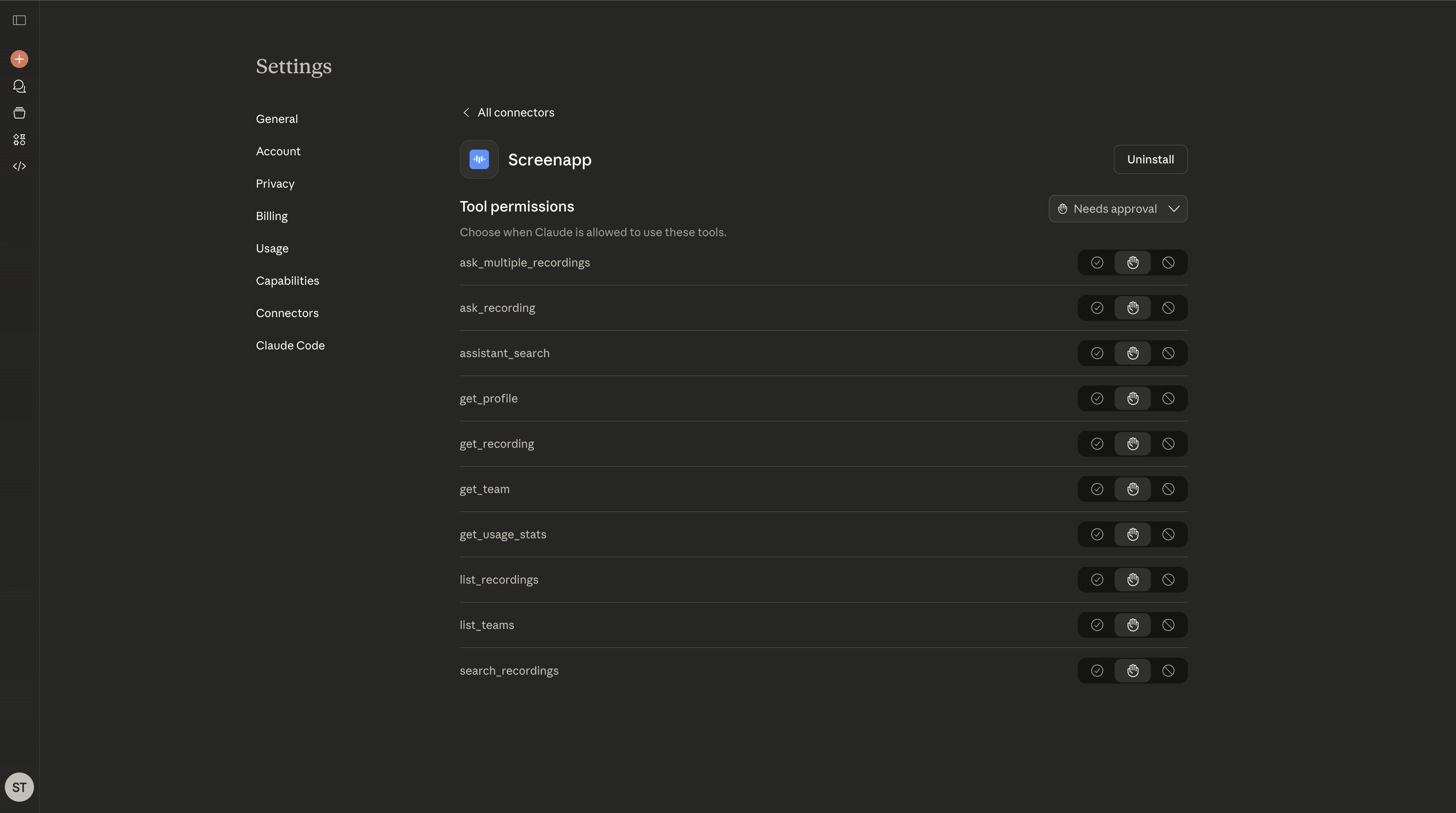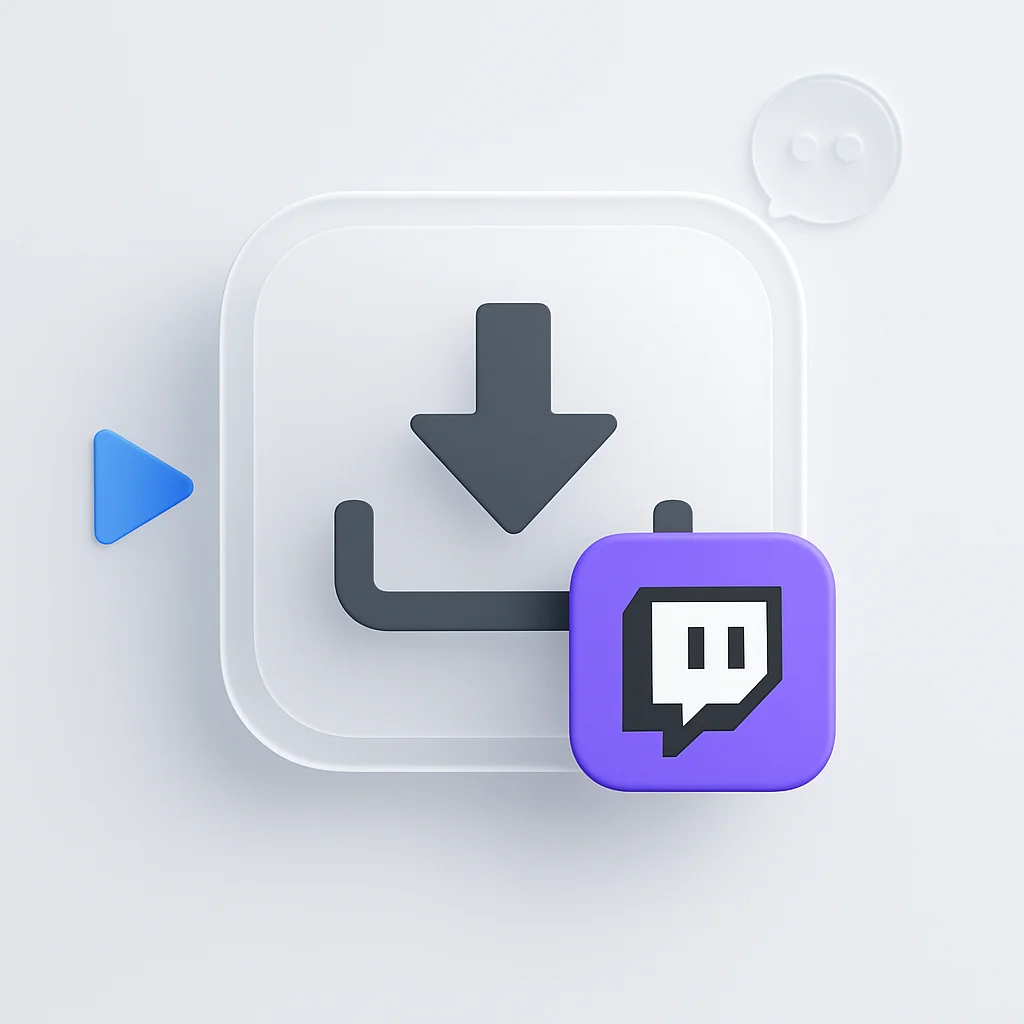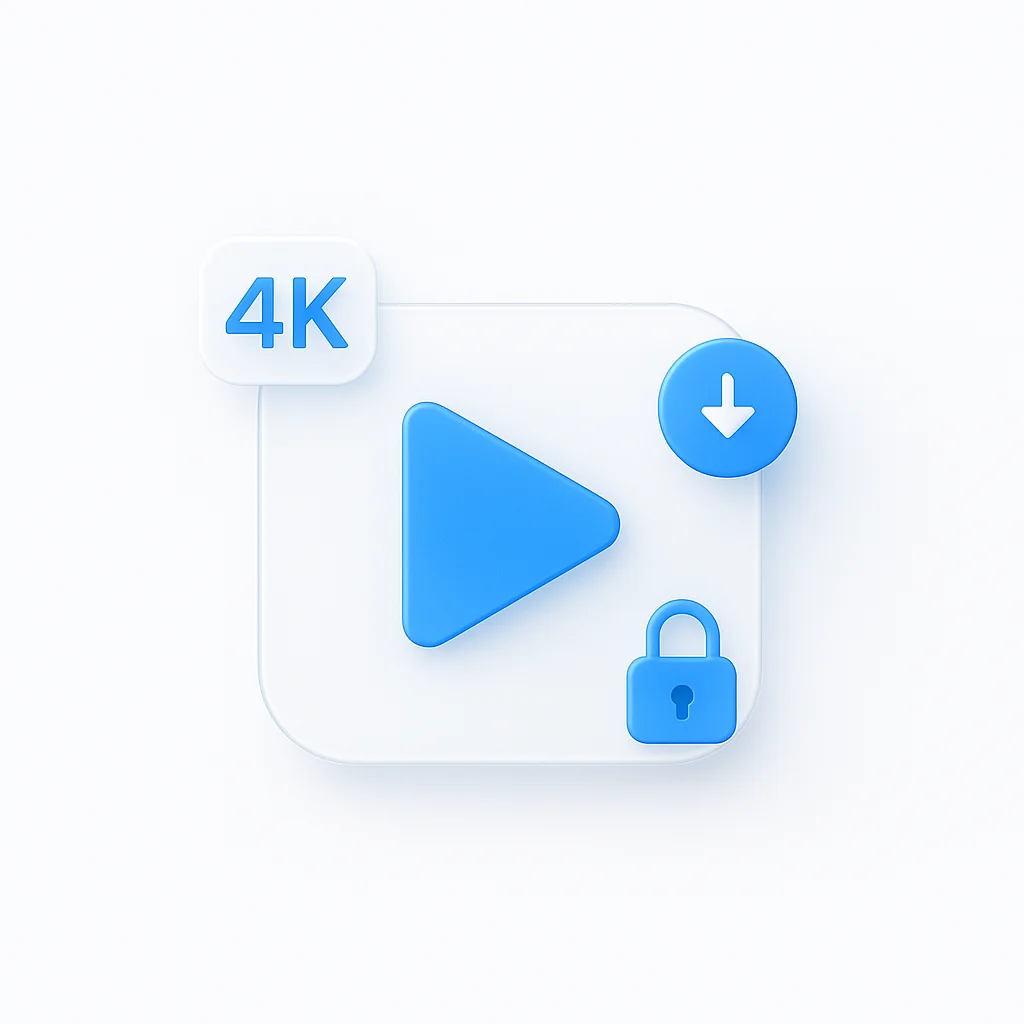In this technologically advanced era, screen recording and video editing software have seen a remarkable surge in popularity. These tools have become indispensable assets in diverse fields, ranging from education and gaming to business presentations and professional tutorials. At the forefront of this evolution, Bandicam and Camtasia stand as two prominent contenders that have dramatically reshaped the landscape of digital content creation.
Bandicam, known for its lightweight operation and high-quality output, is favored by many, particularly among the gaming community. It offers a reliable screen recording solution, capturing anything on your PC screen as a high-quality video. Furthermore, it enables users to record specific areas on a PC screen, or gameplay that uses DirectX/OpenGL/Vulkan graphics technologies.
Camtasia, on the other hand, is a powerful, all-in-one screen recorder and video editor that caters to professionals seeking comprehensive and advanced functionalities. From informative presentations to educational video tutorials, Camtasia offers a platform where users can edit and enhance their recordings with effects, annotations, and transitions to create visually compelling content.
In this article, we delve into a comparative analysis of these two platforms, highlighting their features, benefits, drawbacks, and key differentiators to help users make an informed choice that suits their specific needs.
Feature Comparison
Screen Recording
Bandicam:
Bandicam provides high-quality screen recording with 4K Ultra HD video at resolutions up to 3840x2160 and frame rates up to 120 frames per second. It allows users to record the full screen, a window, or a specific rectangular area. It also offers a game recording mode that can record gameplay with little to no lag. For users who prefer a browser-based solution, a Chrome screen recorder is a great alternative. And for gamers, a Twitch recorder can be a useful tool for capturing gameplay.
Camtasia:
Camtasia also supports high-quality screen recording. It enables full screen or region-specific recording. In addition to the computer screen, Camtasia can simultaneously record from the webcam or other input devices. It also supports audio recording and allows the inclusion of system sounds or voiceover during recording, making it a great tool for desktop capture.
Video Editing
Bandicam:
While Bandicam’s primary function is screen recording, it provides basic editing features. You can trim and cut your recordings, combine clips, add simple annotations, or adjust the quality of the video.
Camtasia:
Camtasia stands out with its comprehensive video editing suite. Along with the basic editing features, it offers a multi-track timeline for complex project editing, green screen effects, audio enhancements, and interactive hotspots. It also includes a range of transitions, animations, and visual effects.
Annotations and Effects
Bandicam:
Bandicam allows users to add simple annotations like shapes, lines, or text during the recording process. However, its options for effects are limited compared to Camtasia.
Camtasia:
Camtasia offers a wide variety of annotations and effects. Users can add callouts, arrows, shapes, and text with different styles. Moreover, it supports animations, transitions, and cursor effects, allowing users to make their videos more engaging and professional.
Performance and Resource Usage
Bandicam:
Bandicam is known for its minimal impact on system resources, making it an excellent option for users with lower-spec systems or those wanting to record gameplay without affecting performance.
Camtasia:
While Camtasia offers more extensive features, it can be more demanding on system resources. This can lead to slower performance on less powerful systems, especially during heavy editing tasks.
Customization and Settings
Bandicam:
Bandicam provides a fair level of customization. Users can adjust recording settings such as output format, frame rate, quality, and codec. They can also customize hotkeys for various functions.
Camtasia:
Camtasia offers extensive customization options, allowing users to adjust everything from recording and editing settings to export options. Users can also customize the workspace according to their preference.
Interactive Elements
Bandicam:
While Bandicam excels at screen recording, it doesn’t offer much in terms of interactive content creation. It does provide options for real-time drawing and outlining on the screen during recording, which can be used to highlight specific areas.
Camtasia:
In contrast, Camtasia excels in this area, offering the ability to create quizzes and interactive videos with clickable links or hotspots. This makes it an excellent tool for educators and professionals looking to engage their audience interactively.
Multi-track Timeline
Bandicam:
Bandicam doesn’t support a multi-track timeline, limiting its editing capabilities to simpler cuts and joins.
Camtasia:
Camtasia provides a robust multi-track timeline that allows for intricate editing. Users can arrange and layer different video, audio, and graphics tracks to create more complex and dynamic videos.
Audio Editing
Bandicam:
Bandicam allows for the adjustment of volume and audio mixing, but its capabilities are relatively basic.
Camtasia:
On the other hand, Camtasia offers a suite of audio editing tools. Users can normalize audio levels, remove noise, adjust pitch and gain, add audio effects, and use advanced features like audio compression and equalization.
Screen Capture
Bandicam:
Bandicam provides screen capture features for taking screenshots, allowing users to capture any area of the screen as an image. This can be done during recording or when not recording.
Camtasia:
Camtasia also offers screen capture tools, allowing users to capture a single image or a series of images, useful for creating step-by-step guides or slideshows.
Templates and Library
Bandicam:
Bandicam doesn’t offer a built-in library of templates or assets. The focus is primarily on the recording, not the post-production
Camtasia:
Camtasia, however, boasts a vast asset library with pre-made templates, video assets, images, royalty-free music, and sound effects. This feature can significantly speed up the video creation process and add a professional touch to the videos.
Sharing and Exporting Options
Bandicam:
Bandicam supports exporting videos in various formats like MP4, AVI, and WAV. The sharing options, however, are not as robust as Camtasia’s. Users have to manually upload their videos to platforms like YouTube.
Camtasia:
Camtasia shines in this area, supporting a wide range of exporting options. It allows users to directly share their videos to platforms like YouTube, Vimeo, Google Drive, and Screencast.com. It also offers advanced exporting features like batch production and custom production settings.
User Interface and Experience
Bandicam:
Bandicam’s user interface is clean, simple, and straightforward, making it relatively easy to navigate for beginners. However, some users might find the layout a bit outdated.
Camtasia:
Camtasia’s user interface is more sophisticated, yet still intuitive. The features are well-organized, and the workflow is smooth, but it might take some time for beginners to get the hang of it due to the vast array of tools and features.
Pricing
Bandicam:
Bandicam offers a one-time license purchase that allows lifetime access to the software. It also provides a free version, although with limited features and a watermark on the videos.
Camtasia:
Camtasia operates on a subscription model, which might be more expensive for users in the long run. However, it offers a full-featured trial period for users to test before purchasing.
Use Cases
Bandicam:
Bandicam is ideally suited for gamers, YouTube content creators, and tutors who need high-quality screen recording capabilities with minimal editing needs.
Camtasia: Camtasia is a better choice for educators, marketers, and professionals who need to create detailed and interactive instructional videos, promotional videos, or presentations.
Customer Support
Bandicam:
Bandicam offers support through email and an online FAQ page. While there is no live chat or phone support, the email support is responsive and helpful.
Camtasia:
Camtasia provides comprehensive support options, including a detailed knowledge base, tutorial videos, community forum, email support, and live chat during business hours.
Pros and Cons
Bandicam:
Bandicam’s main advantages include its high-quality recording, easy-to-use interface, and competitive one-time pricing. However, it lacks in-depth editing and interactive features.
Camtasia:
Camtasia’s strengths lie in its robust editing suite, interactive features, and extensive support options. However, its pricing can be a drawback for some users, and the multitude of features may be overwhelming for beginners.
Comparison Table: Bandicam vs Camtasia
| Features | Bandicam | Camtasia |
|---|---|---|
| Screen Recording | High-quality recording | High-quality recording with SmartFocus |
| Video Editing | Basic editing features | Robust editing suite |
| Annotations & Effects | Limited options | Wide range of options |
| Performance | Low system resource usage | Moderate system resource usage |
| Customization & Settings | Basic customization | Advanced customization |
| Interactive Elements | Limited | Quizzes, clickable links, etc. |
| Multi-track Timeline | Not available | Available |
| Audio Editing | Limited options | Advanced options |
| Screen Capture | Available | Available with Pan & Zoom |
| Templates & Library | Not available | Extensive asset library and templates |
| Sharing & Exporting | Standard options | Wide range of options, direct sharing |
| User Interface | Simple and straightforward | Sophisticated and intuitive |
| Pricing | One-time purchase | Subscription model |
| Use Cases | Gaming, Tutorials, YouTube | Education, Marketing, Professional Use |
| Customer Support | Email, FAQ | Email, Live chat, Tutorials, Forum |
| Pros | Easy to use, Affordable | Advanced editing, Interactive features |
| Cons | Basic editing | More expensive, Learning curve |
Conclusion
In conclusion, both Bandicam and Camtasia have their unique strengths and weaknesses. While Bandicam is a great option for high-quality screen recording with basic editing needs, Camtasia stands out with its advanced editing and interactive features, making it an excellent choice for creating educational and promotional content. The choice between these two depends largely on the user’s specific needs and budget.






